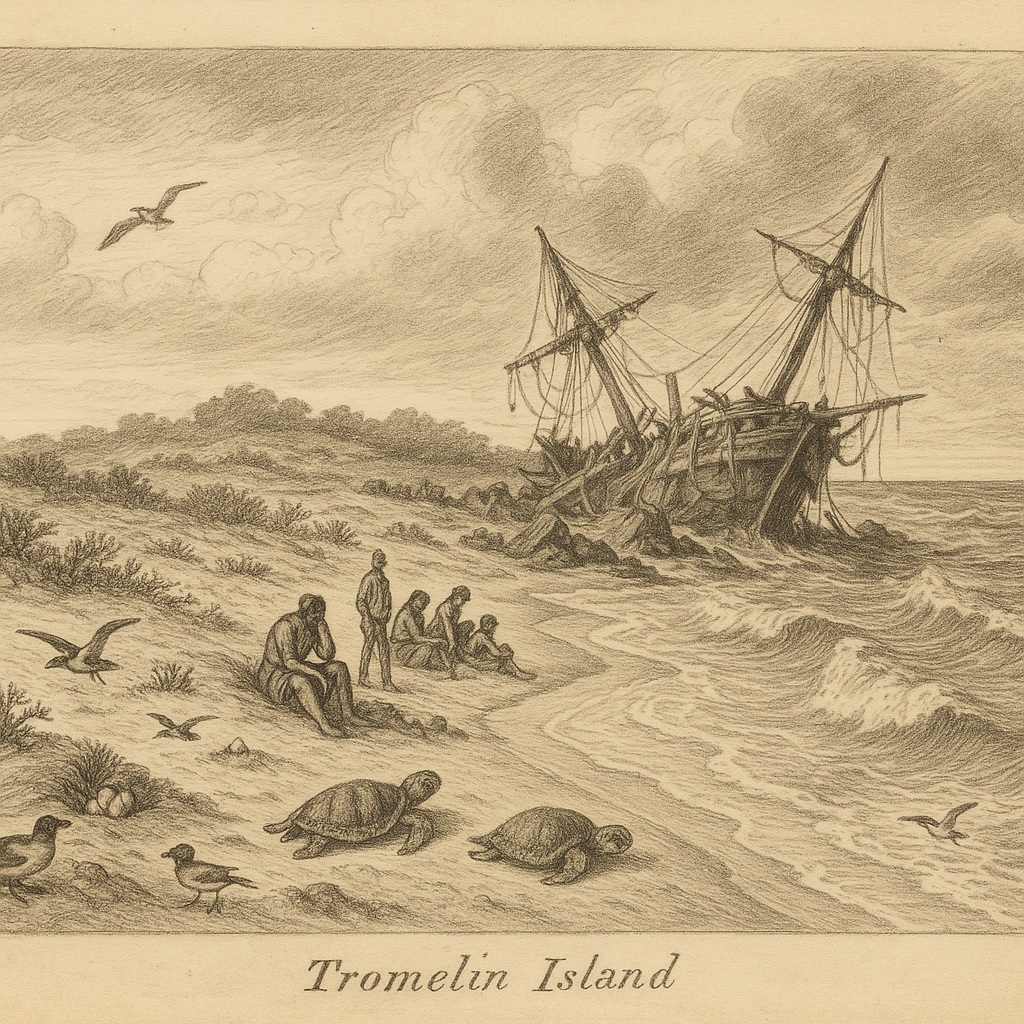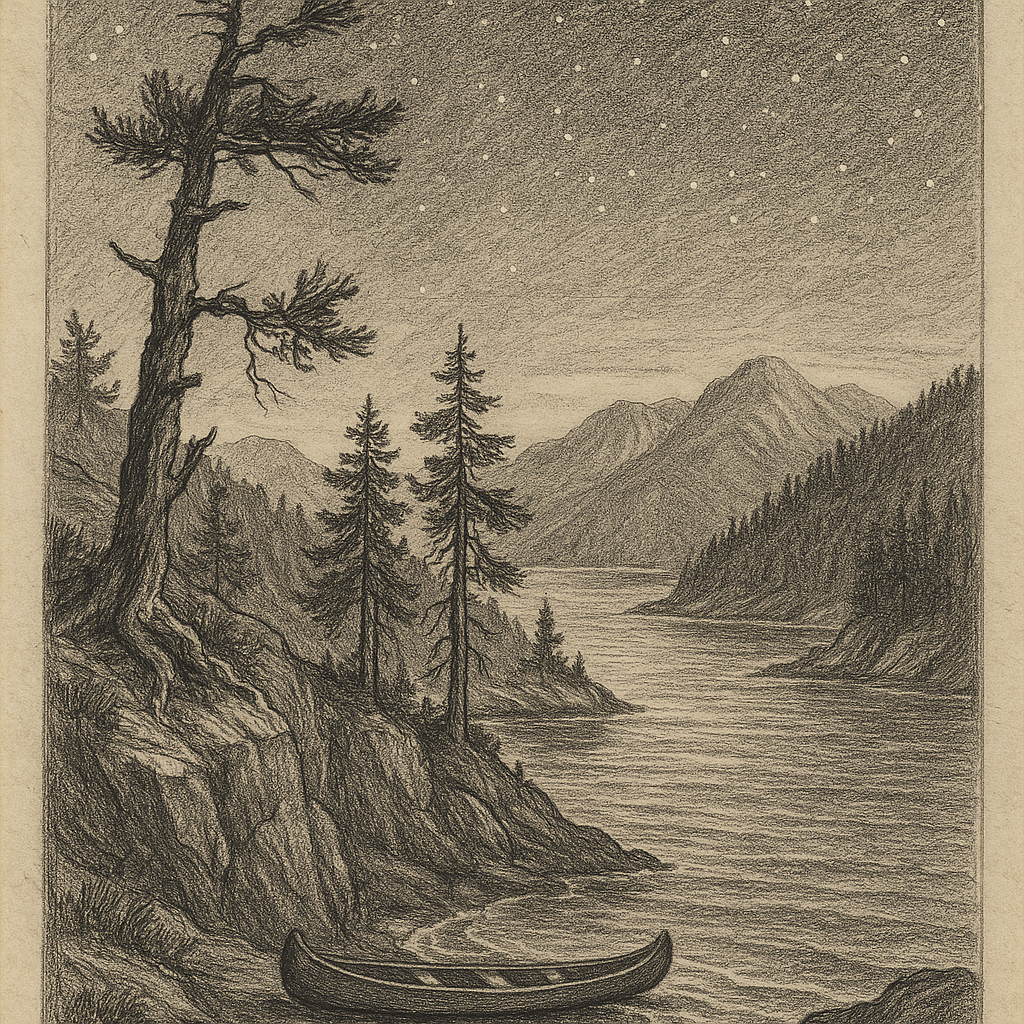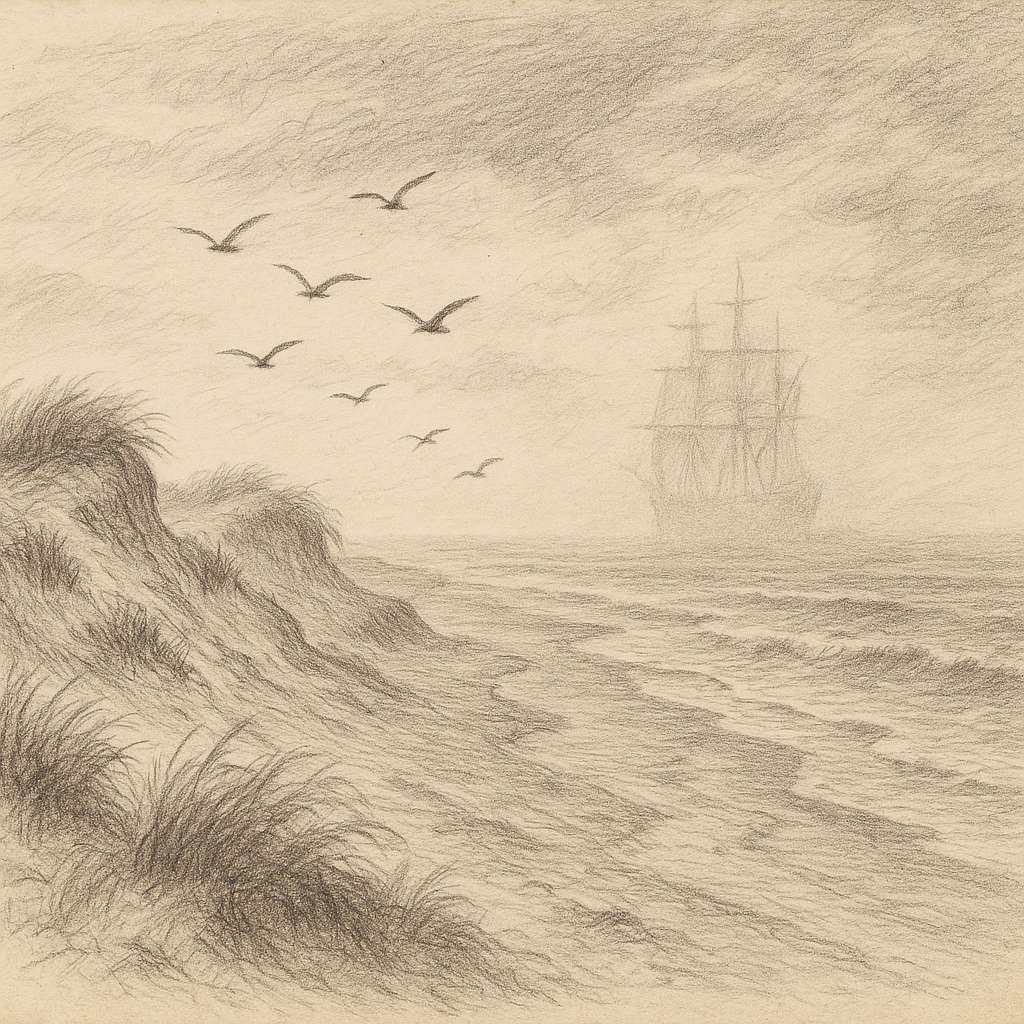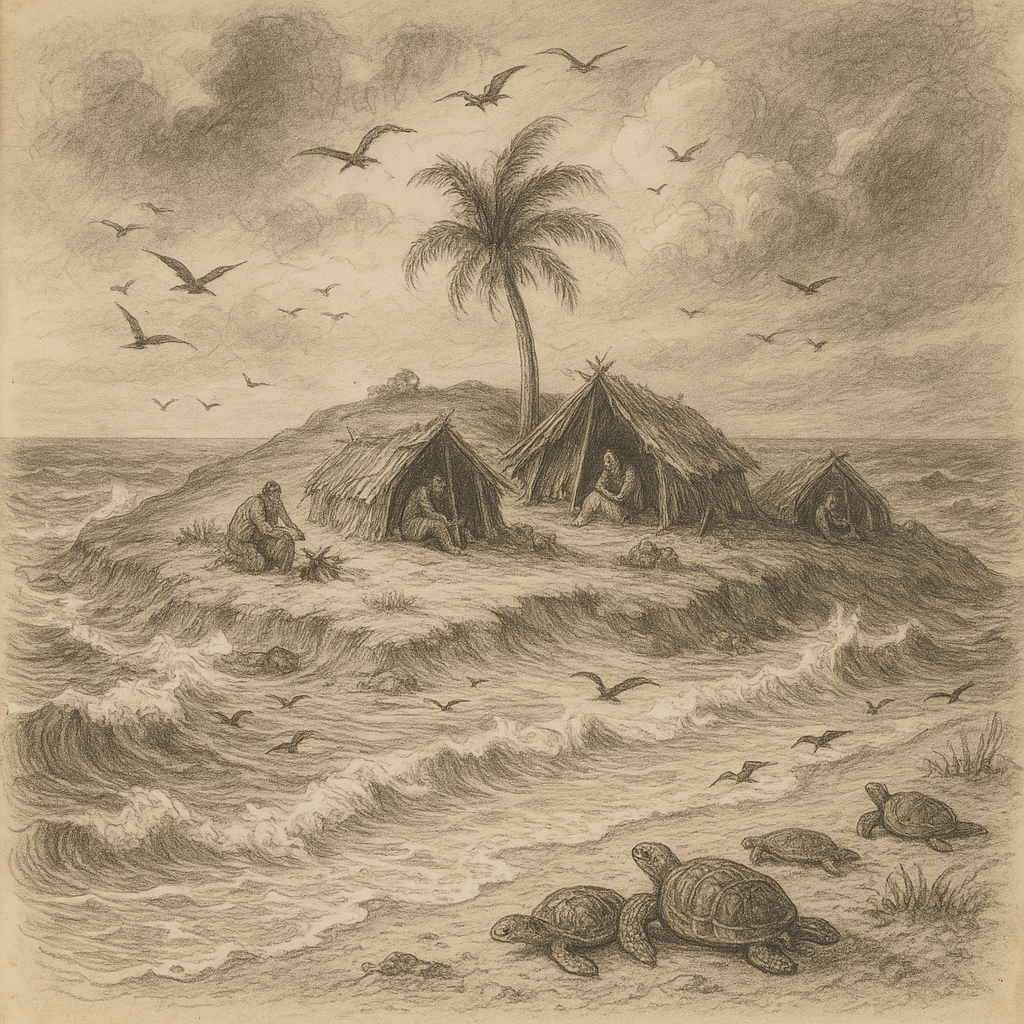Introduction to Tromelin Island Tromelin Island is a small, flat island located in the Indian Ocean, east of Madagascar and north of Réunion. Covering only about 1 km², it is one of the most remote and isolated territories under French administration. Despite its diminutive size and barren appearance, Tromelin carries a fascinating history, intriguing legends, and ecological significance that make it an extraordinary place to learn about. Geographic Location and Physical Features Tromelin Island lies at coordinates approximately 15°53′S 54°31′E. Situated about 450 kilometers east of Madagascar and roughly 535 kilometers north of Réunion Island, it is part of the Îles Éparses (Scattered Islands) in the Indian Ocean. Its isolation is one of its defining characteristics. The island is a low-lying, coral atoll with no fresh water sources and surrounded by dangerous reefs. Its dimensions are roughly 1.8 kilometers in length and 0.7 kilometers in width, with a maximum elevation of just about 7 meters above sea level. Tromelin is often subjected to the forces of tropical storms and cyclones, which further shape and erode its coastline. Geological Origin Tromelin is of coral origin, formed atop a submerged volcanic base. Unlike volcanic islands, which boast lush vegetation and mountain ranges, coral islands like Tromelin are typically flat and sandy. Over millennia, coral reefs built up on the subsiding extinct volcano, eventually forming the emerged landmass. Because of its elevation and geological history, the island lacks significant processes of soil formation. As a result, vegetation is sparse and comprises mainly grasses and low-lying scrub, with few trees surviving due to the harsh marine environment and strong winds. Climate and Biodiversity The climate of Tromelin Island is classified as tropical, characterized by warm temperatures year-round, high humidity, and seasonal cyclones. Rain falls mostly between November and April, which is also the period when storms are most likely to occur. Despite its barren appearance, Tromelin is home to a surprisingly diverse range of wildlife, particularly seabirds and marine life. It serves as an important nesting site for several species of seabirds such as boobies and frigatebirds. The beaches of Tromelin are also recognized as vital laying grounds for green sea turtles (Chelonia mydas), which return annually to nest. Vegetation on the island is limited but crucial to the survival of its species. Researchers monitoring Tromelin have taken measures to preserve this delicate environment by limiting human impact and protecting endemic and migratory species. Human Presence and Access Tromelin Island is uninhabited, with no indigenous population. The only human presence is a small team of scientists and meteorologists who maintain a weather station on the island. These personnel arrive periodically for rotations, and no permanent population resides there. Given its status as a protected nature reserve and France’s administrative control, access to Tromelin is highly restricted. Special permits are required for any scientific or conservation expeditions. The nearest supply routes are by sea or occasional helicopter missions from Réunion, emphasizing the logistical difficulties of accessing the island. Historical Significance Though the island itself is largely uninhabitable, Tromelin has a powerful historical legacy. It was accidentally discovered by the French in the 18th century and named after Chevalier Bernard Boudin de Tromelin, a French naval officer. However, what truly marked Tromelin’s place in history was a tragic shipwreck. In 1761, the French slave ship Utile ran aground on the island while illegally transporting enslaved Malagasy people. The crew eventually repaired a boat and left the island, leaving behind 60 enslaved individuals, mostly women and children. They were promised rescue—but it took fifteen years. When a French ship returned in 1776 under the command of Chevalier de Tromelin, only seven women and an eight-month-old child survived. This story has deeply influenced France’s national memory and discussions about colonialism and slavery. The survivors are remembered as symbols of resilience, and the event underscores the injustices of the era. In recent years, archaeological missions have worked on Tromelin to uncover more about their difficult survival. Interesting Facts About Tromelin – Despite its size, Tromelin Island has its own ICAO code (FMHT) and operates a small airstrip used by French scientific missions. – Tromelin is often featured in ham radio DXCC operations due to its unique status as a rare and difficult-to-reach location. Amateur radio operators from around the world covet contacts with Tromelin. – The island is part of the French Southern and Antarctic Lands (Terres australes et antarctiques françaises), even though it lies north of the tropic. – In modern times, Tromelin has been a focus of diplomatic discussions between France and Mauritius, which also lays claim to the island. – Since 2000, access to the island is primarily for meteorological, archaeological, and conservation work, with strict regulations to minimize ecological disruption. Legends and Myths of Tromelin Because of its historical shipwreck and inhospitable conditions, Tromelin has inspired numerous legends and folktales, particularly in Madagascar and Réunion. Some oral traditions describe the survivors of the Utile as having created a secret message etched into stone, telling their story and placing their faith in future rescue. Although no such definitive inscription has been found, the myth persists. Another tale involves a lost treasure said to have been hidden by pirates seeking refuge on Tromelin in the 17th century. While there is no archaeological evidence to support this legend, it adds to the mystique and adventure that surrounds the island. Locals in Madagascar also refer to Tromelin in cautionary tales, describing it as a “ghost island” where the cries of the abandoned still echo across the reefs. Though likely embellished, these stories highlight the profound emotional impact of the island’s colonial-era tragedy. Conclusion Tromelin Island may appear unremarkable at first glance—a flat, remote piece of coral in the vast Indian Ocean—but its history, ecology, and enduring legends make it a place of profound importance. From the tragic survival story that still resonates today, to its role as a sanctuary for marine life and migratory birds, Tromelin is a reminder of both the beauty and cruelty of history and nature. While it remains closed to general tourism, its story continues to echo in historical records, conservation efforts, and the hearts of those who remember the resilience of its unforgotten inhabitants.

Tromelin
Do you like my work? Buy Me A Coffee
Do you like my work? Buy Me A Coffee
-

Gambier Island
Gambier Island: A Remote Gem of British Columbia Gambier Island is a secluded and tranquil island located in Howe Sound, British Columbia, Canada. Known for its raw natural beauty, lack of urban development, and deep connection to both indigenous heritage and local legends, it is a destination that stands apart from the typical tourist trail.…
-

Oost-Eierland Island
Oost-Eierland Island: A Remote Haven in the Wadden Sea Nestled in the northern reaches of the Netherlands in the Wadden Sea, Oost-Eierland Island is a little-known but captivating piece of land that once formed part of the Frisian Islands archipelago. Though no longer a separate island today due to land reclamation efforts in the 19th…
-

Tromelin
Introduction to Tromelin Island Tromelin Island is a small, remote island located in the Indian Ocean, approximately 450 kilometers east of Madagascar and 530 kilometers north of Réunion. Despite its tiny size—only about 1 square kilometer—Tromelin carries a disproportionately rich history and ecological significance. Administered by France as part of the French Southern and Antarctic…
by
Tags: